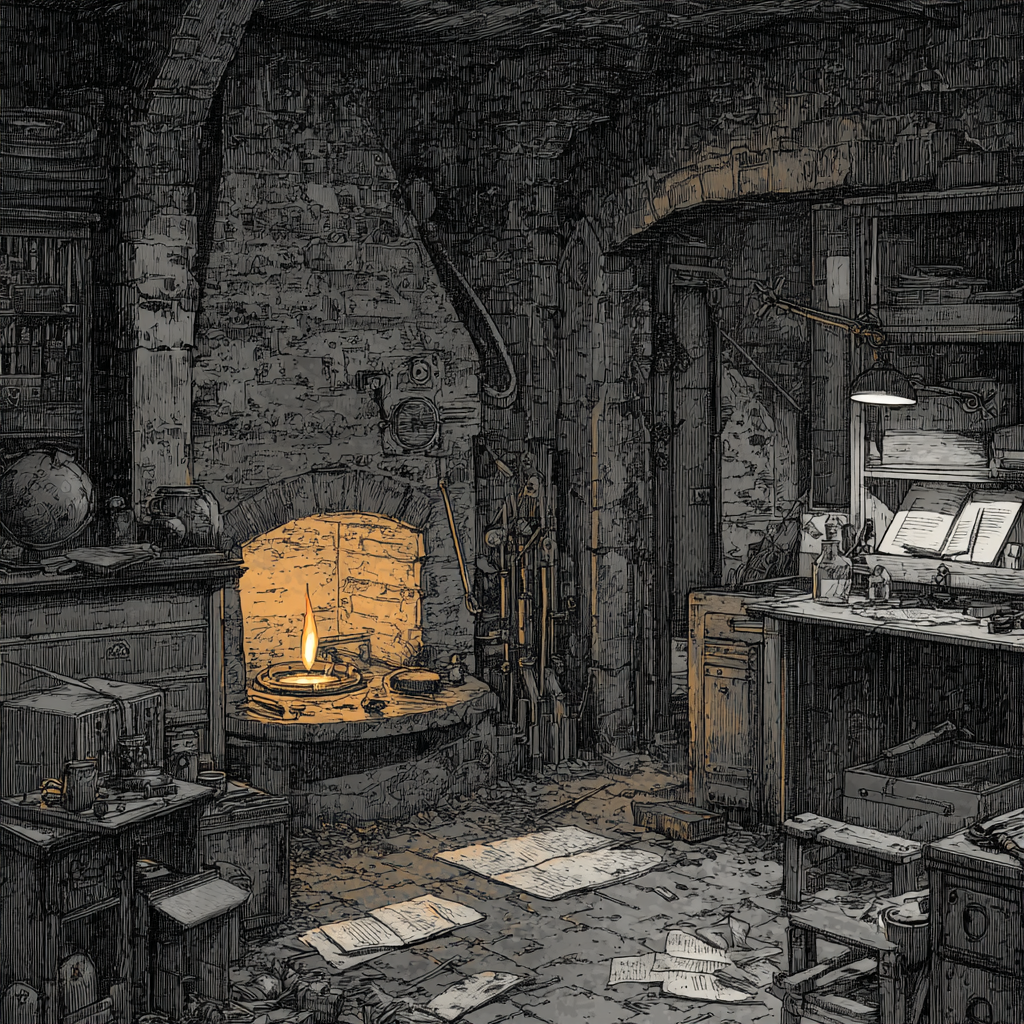Renewal Depends on Individuals, Not Institutions

Every few years the Global Innovation Index tells us who's winning. Switzerland still tops the list. South Korea and Sweden hover near. The United States and Singapore circle the podium. China has nudged into the top ten.
The UK, still rich in research, design, and creativity, has slipped a little.
These rankings invite neat conclusions. Yet the data underneath suggests something more interesting about how innovation is changing shape.
WIPO measures both inputs, education, R&D, institutions, infrastructure, and outputs: patents, exports, creative goods and services. Look beneath the surface and roughly two-thirds of what counts as innovation today is no longer a physical thing. It's service-based, intangible. Software, data, design, digital content. Organisational models that orchestrate rather than manufacture.
The frontier economies earn more from coordinating production than from producing things. Their advantage lies in networks, platforms, and algorithms that connect supply with demand. The tangible world remains, but most of the value sits one or two layers above it.
While that shift liberates us from old industrial limits of capital and plant, it also means a large share of innovation now happens in code and financial architecture. Spaces dominated by a few firms, governed by incentives that reward extraction over exploration.
Cory Doctorow calls this enshittification, the gradual drift by which platforms evolve from serving users to serving shareholders. It's a useful parable for whole economies. When markets mature, incentives tilt from creating value to capturing it. What begins as innovation ends as rent-seeking.
The pattern is familiar here. We're world-class at invention but less successful at translation. Our universities and research labs produce extraordinary science. The route from lab to scale remains long, uncertain, underfunded. Venture capital flows toward the known: fintech, SaaS, property technology. Anything with predictable returns. Innovation as optimisation, each round another turn of the screw on an existing model.
As ecosystems mature, they prioritise short-term yield over long-term renewal. We extract from existing platforms rather than build new ones. The cost of risk rises. Tolerance for failure falls. The result is an innovation economy that grows taller but not wider, a skyline of successful incumbents with too little happening in the streets below.
The deeper problem isn't lack of creativity. It's lack of slack.
Innovation requires excess capacity. Time, attention, and space for play. Yet modern economies have become systems of constant optimisation. Every moment, every dataset, every person expected to perform at peak efficiency. There's no room for the slow, wasteful, serendipitous exploration that produces the unexpected.
Britain's slip in the rankings might be a warning. It might also be an invitation.
British ideas still circulate widely, they just don't always return home as economic gain. Others capture the value because their structures are better aligned to scale it. Our innovation remains over-centralised, under-connected. Brilliance in the parts, weak conductivity between them.
This isn't decline, exactly. It's diffusion.
If the way forward isn't to double down on extraction, what's the alternative? Perhaps it's to reopen the system. Restore slack. Fund high-risk, early-stage work without immediate commercial promise. Build public digital infrastructure that isn't owned by monopolies. Trust small groups, in research, art, and entrepreneurship, to take asymmetrical bets at the edges of certainty.
The world's most innovative countries aren't necessarily the ones that invent most. They're the ones that convert invention into lived value. That conversion happens where incentives still reward curiosity over control.
When an economy spends too long refining what already exists, novelty retreats underground. The task isn't to reignite creativity, it never left, but to stop suffocating it under layers of optimisation.
In alchemical terms, the athanor is the furnace that sustains steady heat. The patient vessel in which the next form takes shape. It represents the work done before visible transformation: gathering fuel, tending fire, the slow burn that makes renewal possible.
That work rarely begins in boardrooms or government departments. It starts with individuals. People experimenting at the margins, holding conversations that don't yet have outcomes, exploring ideas that don't yet have markets. They're the precursors of the next stage, operating in the cracks between the extractive and the emergent.
If the last cycle of innovation was about platforms and scale, the next will depend on craft and recombination. It will grow from those willing to do the slow, uncertain work of tending the furnace—learning, connecting, creating new combinations of thought and practice.
The heat for the next economy won't come from institutions defending the old order. It will come from the patient fire kept alive by individuals and small groups who refuse to let curiosity be optimised away.
That's the work of the Athanor: to gather the people, ideas, and fragments of unfinished thought that might become fuel for what comes next. Not to build another platform, but to create conditions where renewal can take root.
If the extraction economy has hollowed out the space for slow thinking, we rebuild that space together. One conversation, one experiment at a time.
We start in November.
Comments ()